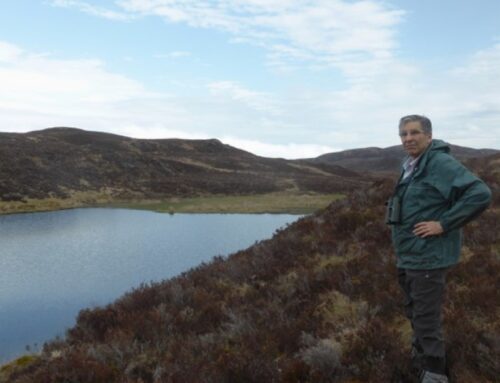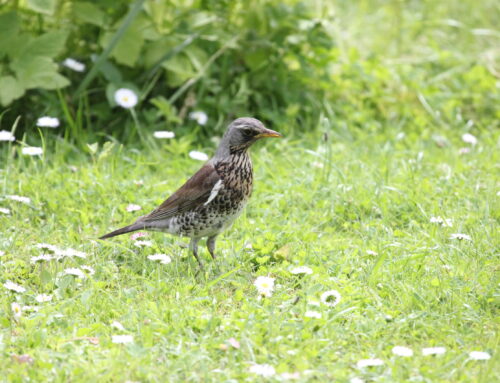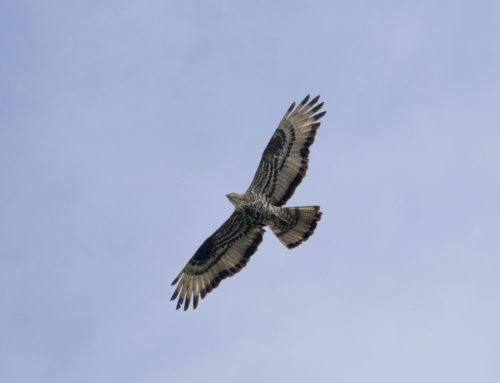Great Grey Shrikes breeding in Scotland…?

Great Grey Shrike, Mark Eaton
Great Grey Shrikes are mainly passage migrants and winter visitors to the UK, though there are a very few records of summering individuals. There have been five such instances documented in the annual RBBP reports, the most recent being in 2019, although all have involved single birds. Across Europe, the range of the Great Grey Shrike has been shrinking eastwards so breeding in the UK in the future would seem unlikely. However, the July 2022 issue of British Birds (BB 115: 390-392) includes details of probable breeding by this species in Scotland back in the summer of 1969 [cue song..?].
The archives of data on rare breeding birds held by the Rare Breeding Birds Panel extend back almost 50 years, and in some cases beyond that. Recent work by our archivist to consolidate the paper archives revealed a letter sent to the then RBBP secretary back in 1978 – the submission of the letter was prompted by a record of a summering Great Grey Shrike in Lincolnshire in 1975 in the RBBP report for that year [link to our online report here?]. The observer, visiting the area on holiday, described a pair of Great Grey Shrikes found in suitable habitat south of Inverness in Highland in June 1969. Harsh short call notes and movement in a gorse bush alerted him to a Great Grey Shrike behaving in an agitated manner. This bird was then joined by a second carrying what appeared to be a small vole, which was passed to the first bird; that bird then flew off with the prey. Subsequent sightings were made over the following few days of either one or two shrikes in the same area.

Great Grey Shrike, Mark Eaton
The Rare Breeding Birds Panel believe that the observed behaviour strongly suggests a pair in breeding habitat taking food to young somewhere in the vicinity. The lack of any sighting of young or a nest means that we cannot be sure that this was a record of confirmed breeding; however, all indications point to this being the first record of probable breeding by Great Grey Shrikes in the UK, and as such it is a highly significant record.
It is a pity that the late reporting of the record meant that there could be no follow-up by local birdwatchers that season or even in subsequent years. We must remember, however, that 1969 was a different era than today, with fewer birdwatchers, limited communication and a reluctance to share information.
The message that unexpected records of potential rare breeding birds should be reported as soon as possible still resonates today. Such reports should be made, in confidence, to the county/regional bird recorder or to the RBBP Secretary as soon as possible after the occasion (and the news should not be circulated on social media or to bird information services). Arrangements can then be made for follow-up visits to confirm the sightings and establish definitive breeding evidence, and a discussion can be had about whether news can be shared at the time.






